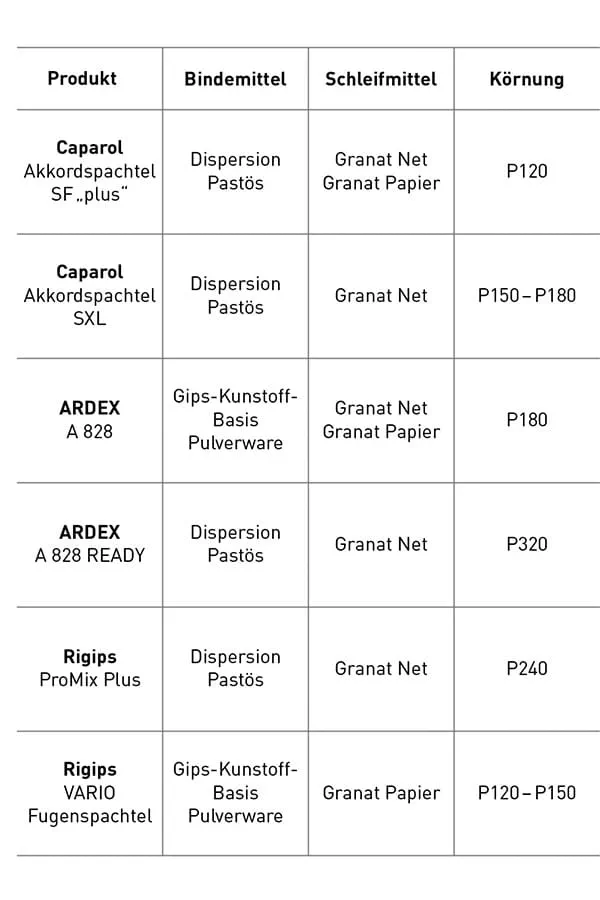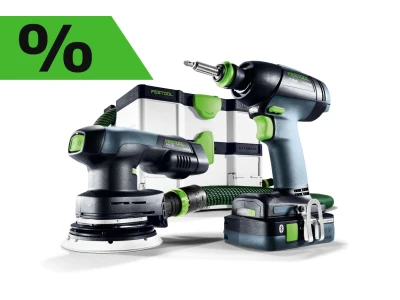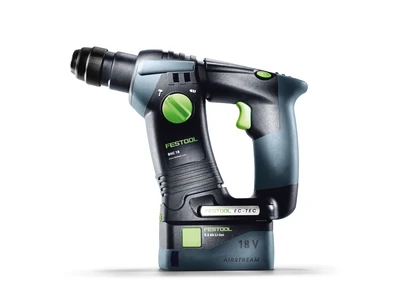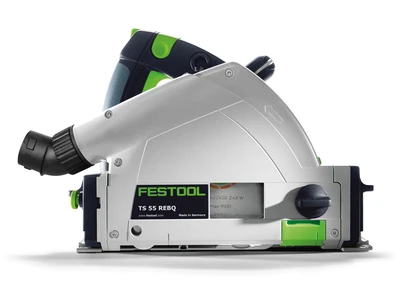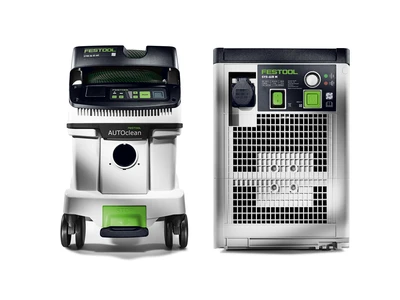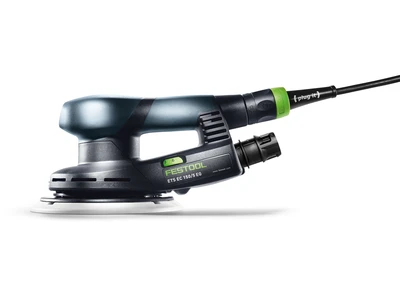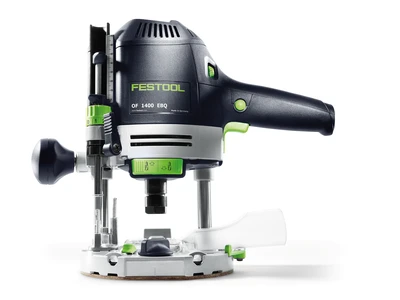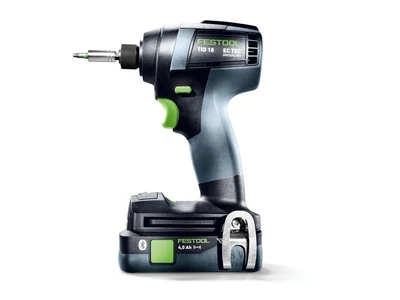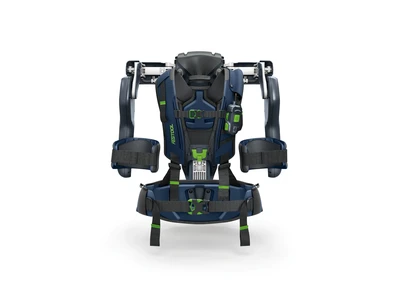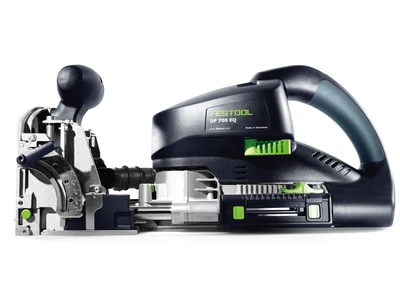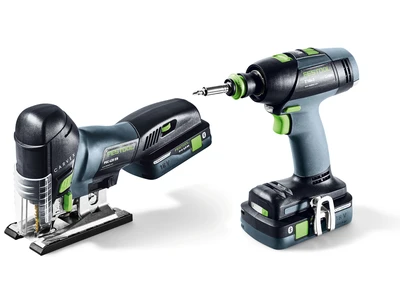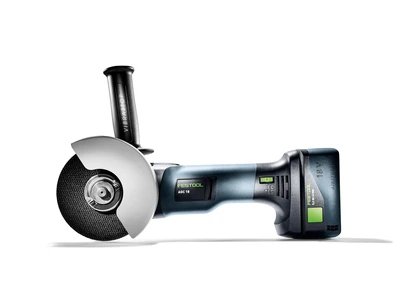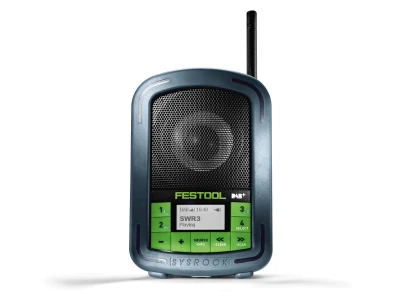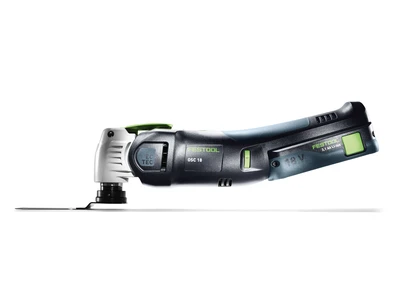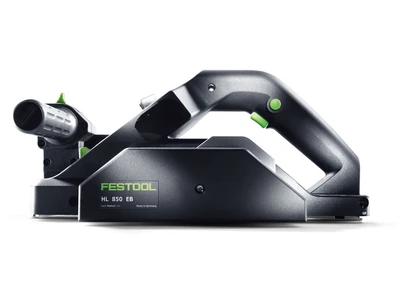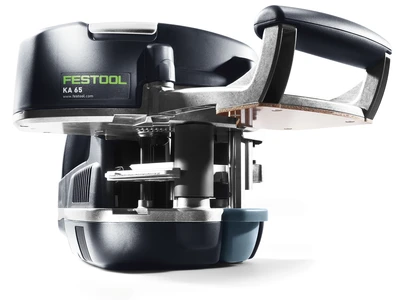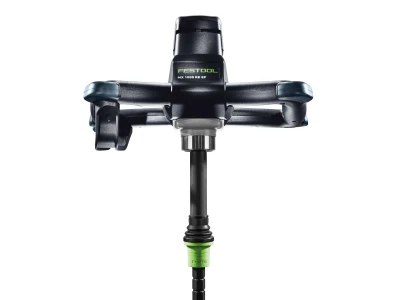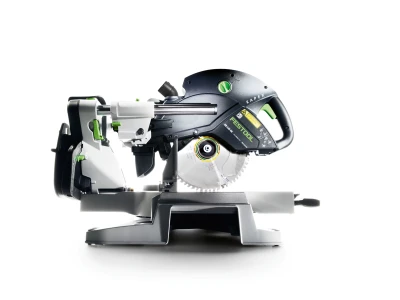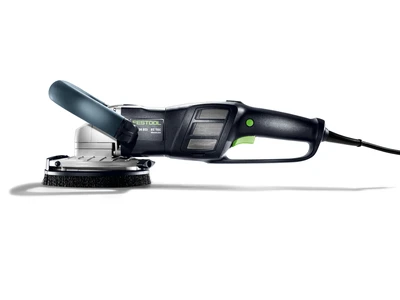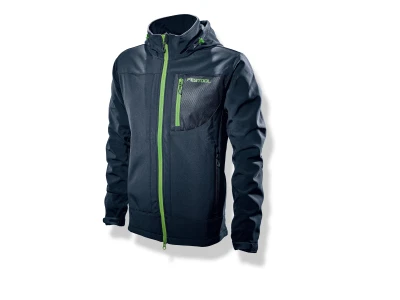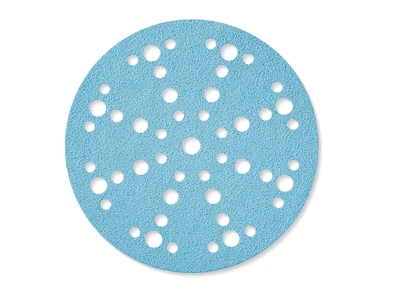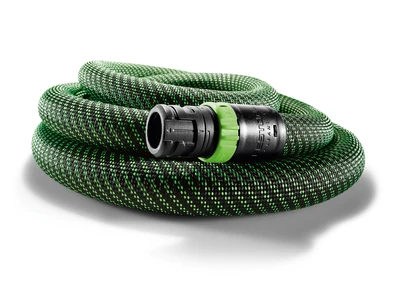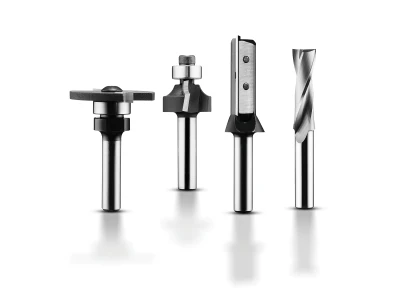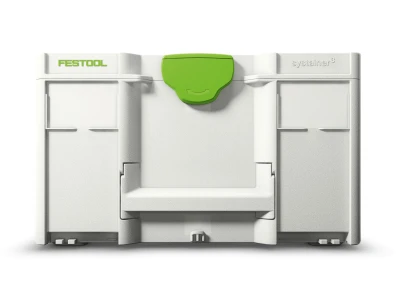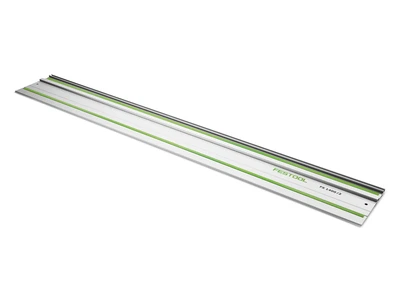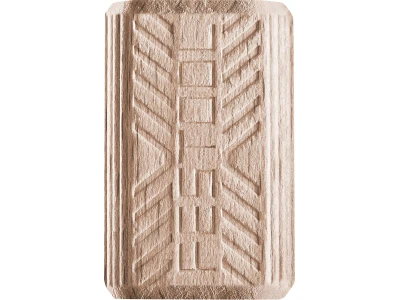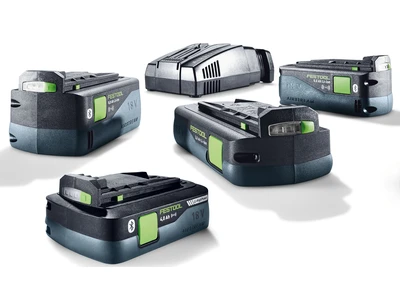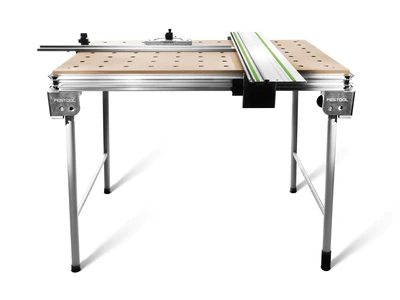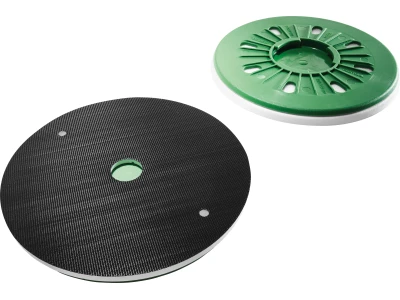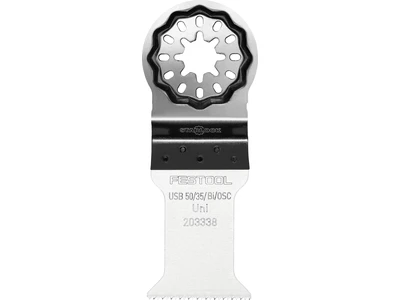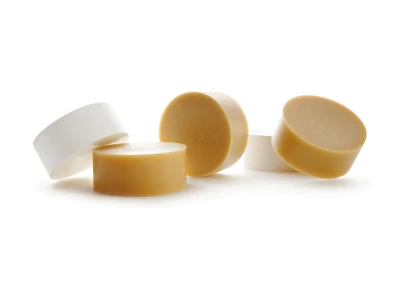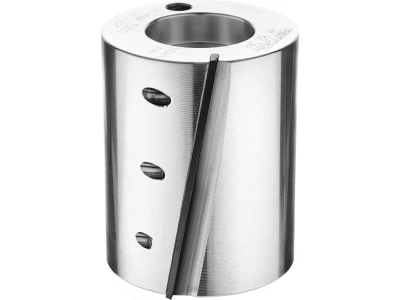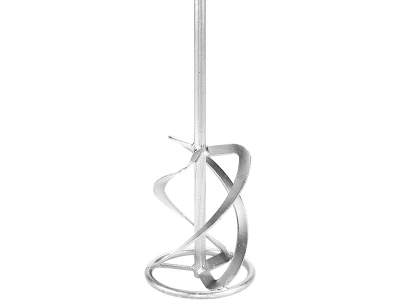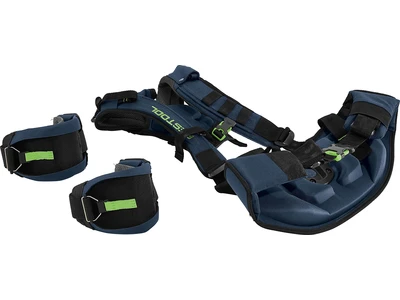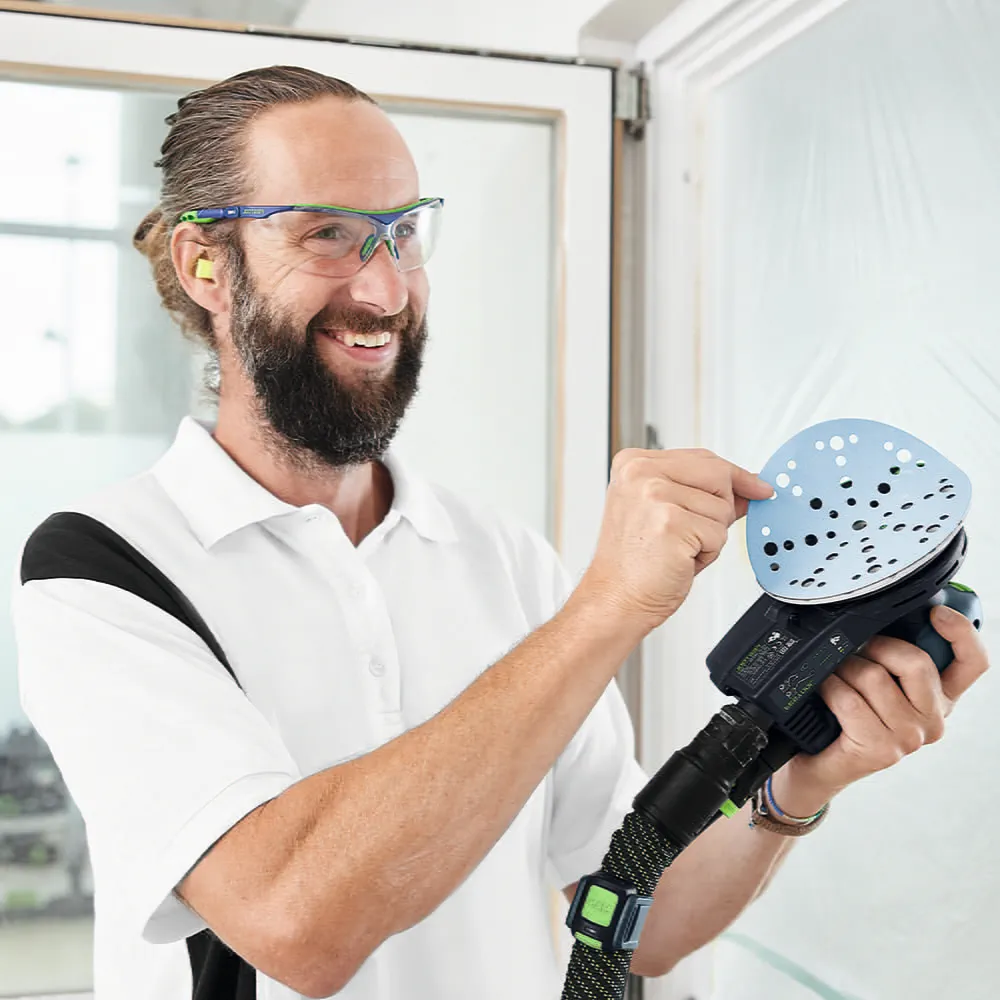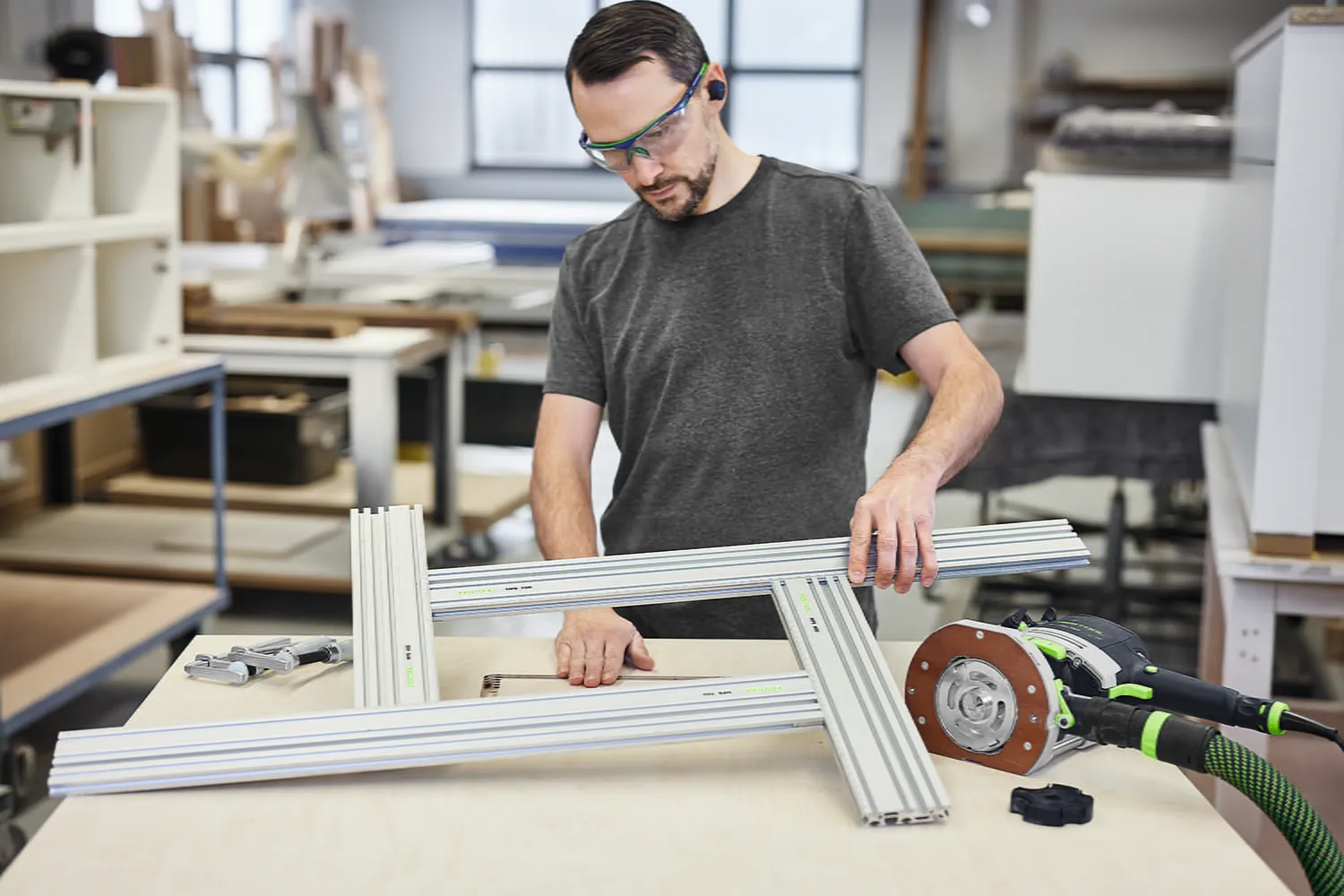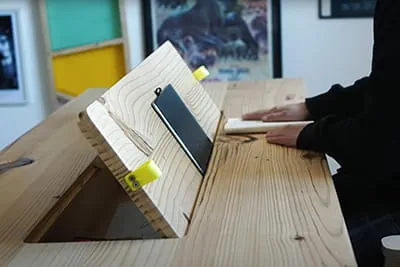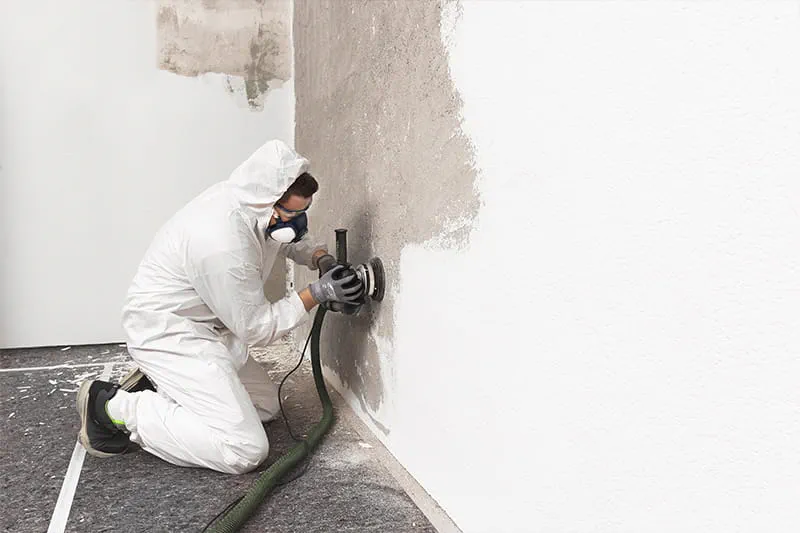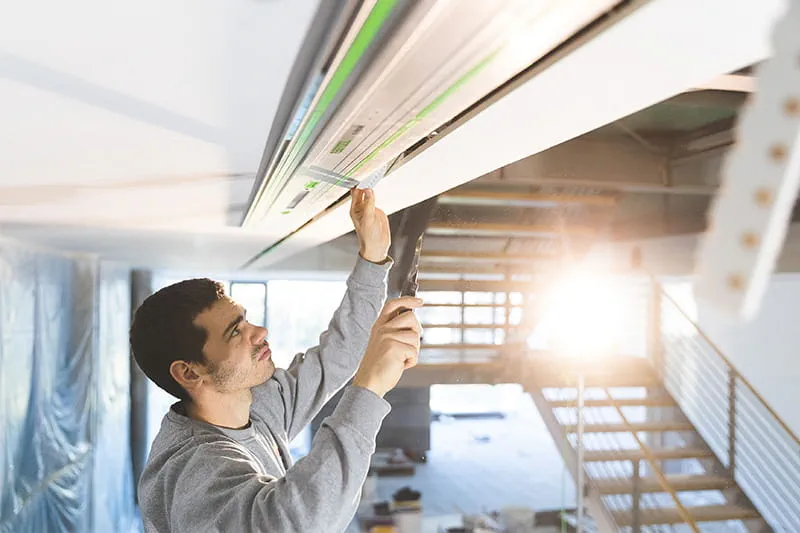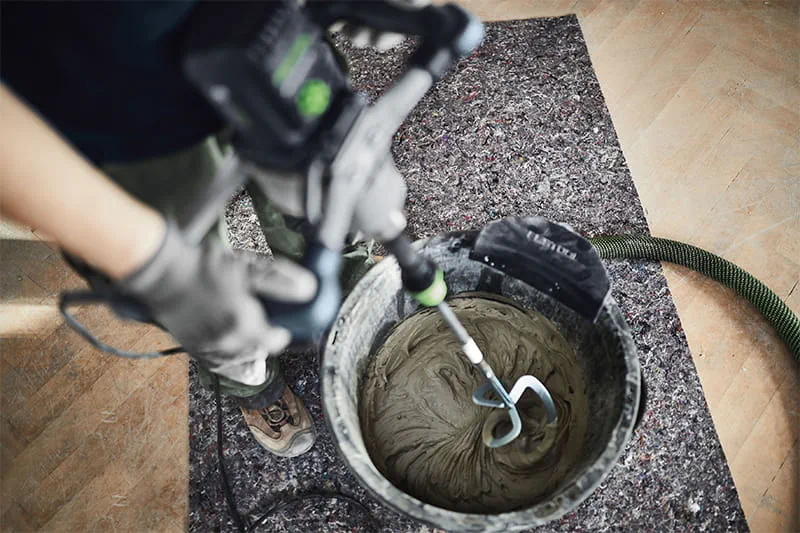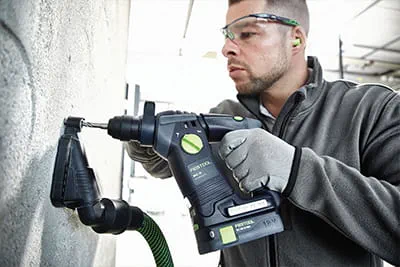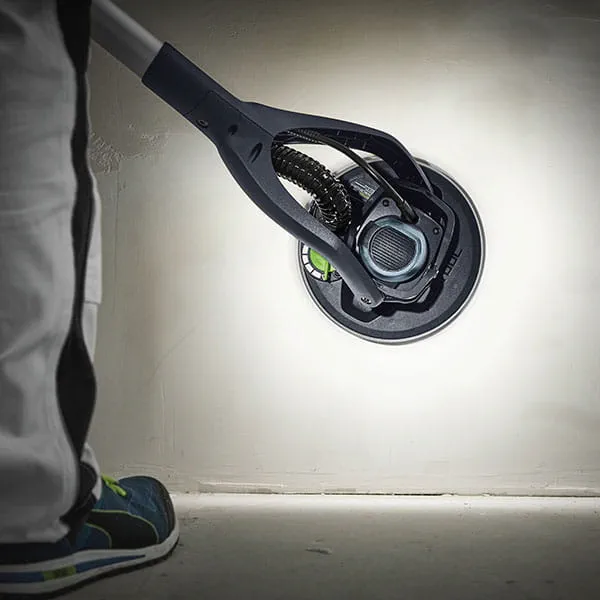
Filling and sanding drywall
The perfect surface thanks to the right filler
If you ask a painter how to achieve clean drywall and what materials and tools to use for the best result, there’s really only one serious answer: it depends! We have tried to shed a little light on this topic.
In drywall construction, filling and sanding are standard procedures. That said, when you look at everything involved in achieving a clean and perfect surface, these tasks are anything but ordinary. It comes down to the details, bringing them together into a coordinated overall package. After all, fillers from different manufacturers have different properties and should be worked on and sanded with the right tools.
Filling
Drywall construction involves gypsum boards with different types of edges. The most common are boards with half-rounded tapered longitudinal edges and bevelled cut edges. With supporting materials such as timber posts or derived timber boards, hygrothermal tension occurs in the substrate which can lead to the formation of cracks in the filling. To achieve a stable, long-lasting result in both cases, it is a good idea to use filler materials with especially high joint stability and to use reinforcing or joint tape strips.
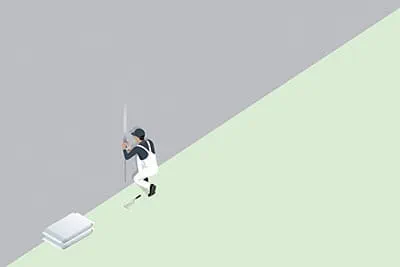
Filler compounds
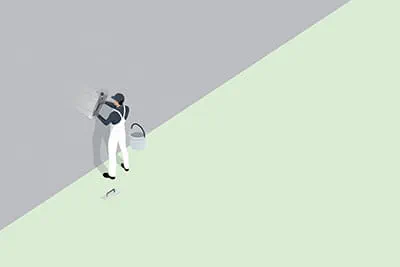
Types of filler
sand
If you know the material and have mastered the technique, you can achieve any surface quality. It takes time, attention to detail and the perfect tool. Including, and especially, with drywall. After the filler has hardened and dried, unevenness and grooves at the joints and edges are sanded out – on Q4 surfaces, even the full-surface filler. The new PLANEX 2 225 long-reach sander is perfect for full-surface and flat sanding. The LED grazing light on the sanding pad achieves surfaces of the highest quality. The Granat and Granat Net abrasives are ideal for perfect sanding results.
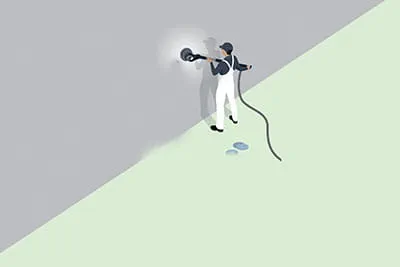
Abrasives recommendation
Even when choosing your abrasive and grit, the same rule applies: it depends! – on the material, the tool and what surface quality you want to achieve. We have compiled several recommendations in connection with the new PLANEX LHS 2 225 here, and you can find more information on our website.
